Each year as the weather gets frosty and snow starts flying, plows head out to clear the roadways and parking areas . Plows are anywhere from 7' to 12' wide and move thousands of pounds of snow per minute and in narrow driveways and around tight corners, sometimes it's impossible to know where the edges all are. Landscaping can take a beating and any areas of weakened pavement can develop potholes from scraping.
The good news is that there are several steps you can take to help the plow drivers avoid as many "oops" moments as possible:
1. Mark any landscaping features with brightly colored markers that are at least 4' tall. This will help the plow drivers know where the edges are so they can avoid plowing up past the edge of the hard surface.
2. For edges along paved areas that will be salted, choose salt-tolerant plants. The white oak, black cherry, and pitch pine trees all do very well in a high-salt environment. Smaller plans that also do well include the pasture rose, button bush and several species of blueberry bushes.
3. Use protective coverings like burlap on bushes and other delicate plants. This will protect them from any rogue spray from vehicles that are salting the roads.
4. Grade soil or use drains so that water potentially contaminated with de-icers runs away from grass and landscaping. Try to limit use of de-icers as they are harmful to the environment.
5. Repair any weak areas of pavement or damaged curbs prior to winter . Minor damage can quickly turn ugly with a few cycles of freezing and thawing. Add in the stress that plowing puts on hard surfaces and a small surface crack can develop into a damage-causing pothole quickly.
Contact us with any questions and as always, we offer free estimates for any plowing, sweeping or repair services you may need.

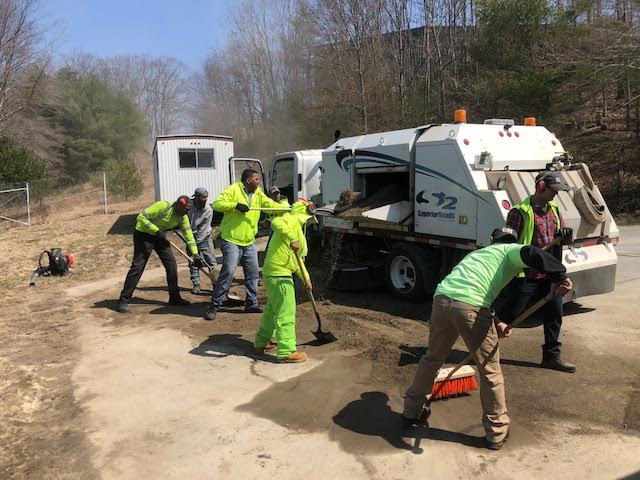
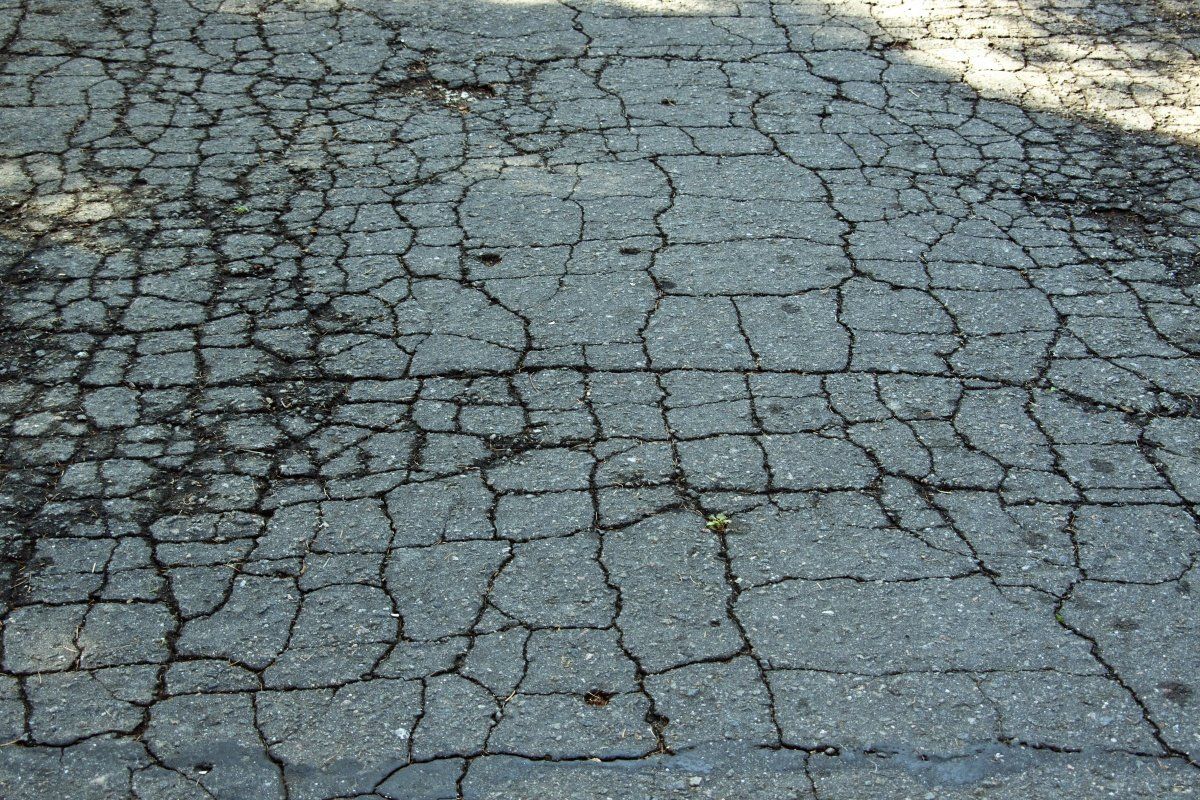
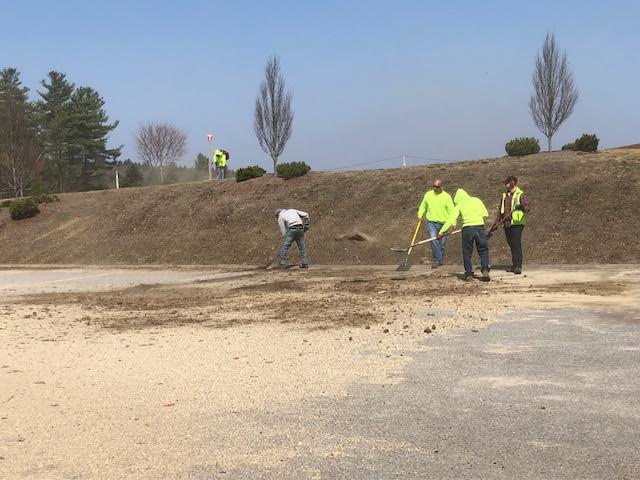
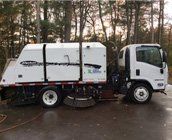
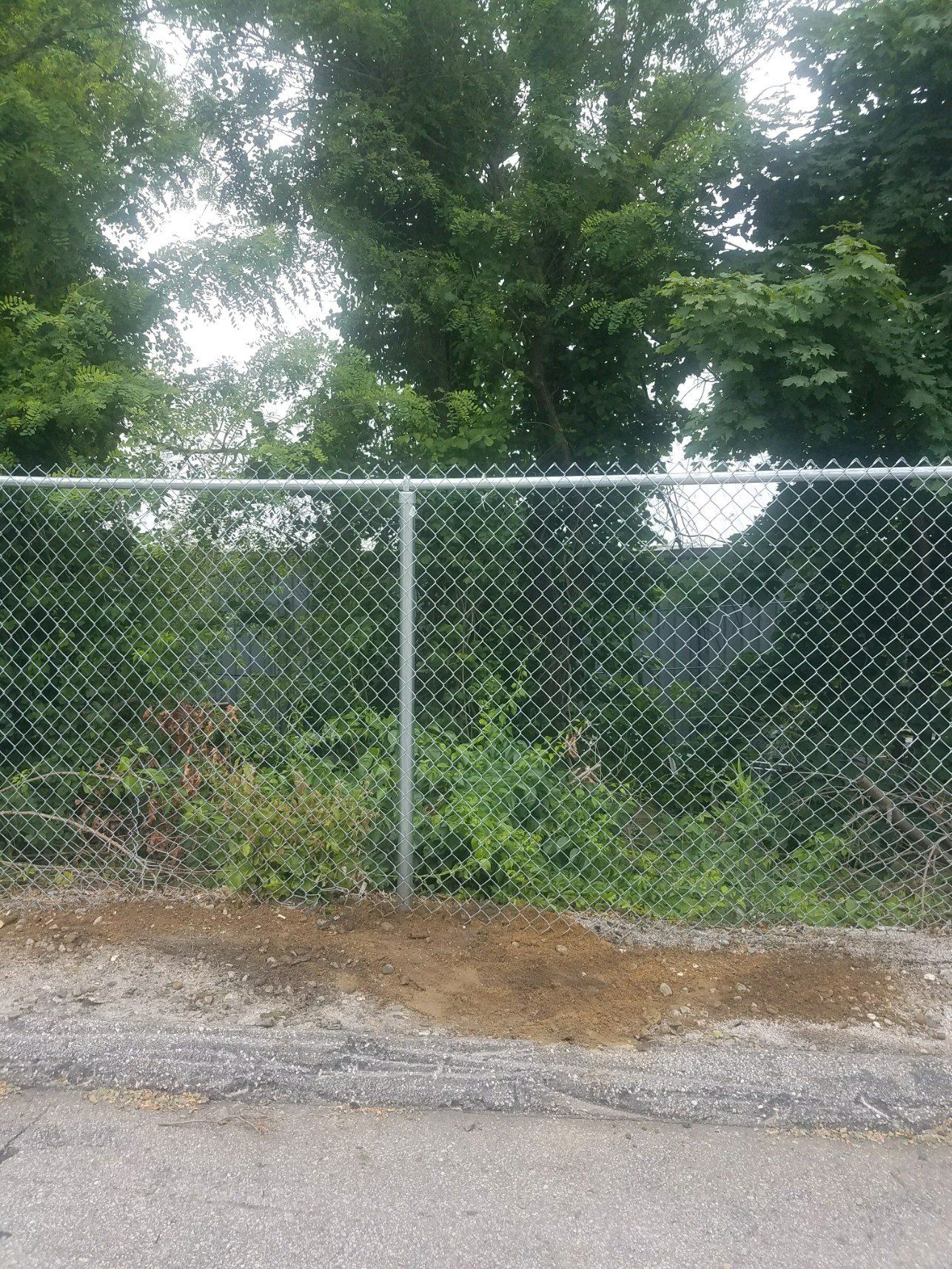
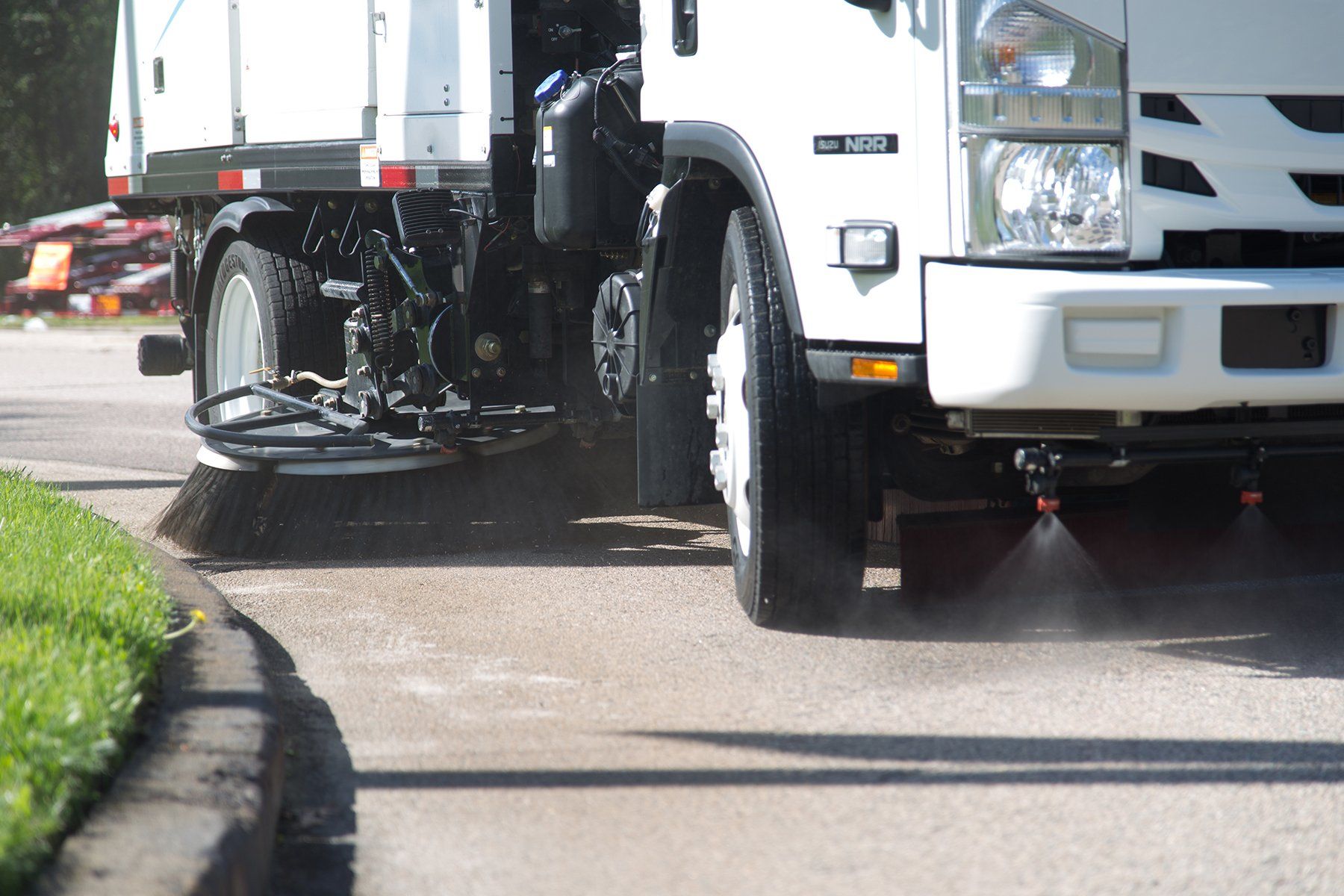


Share On: